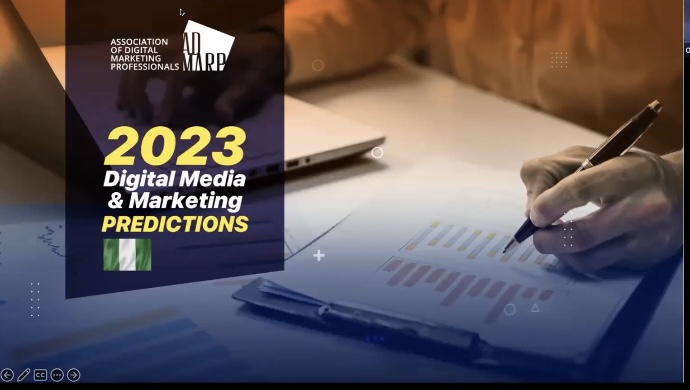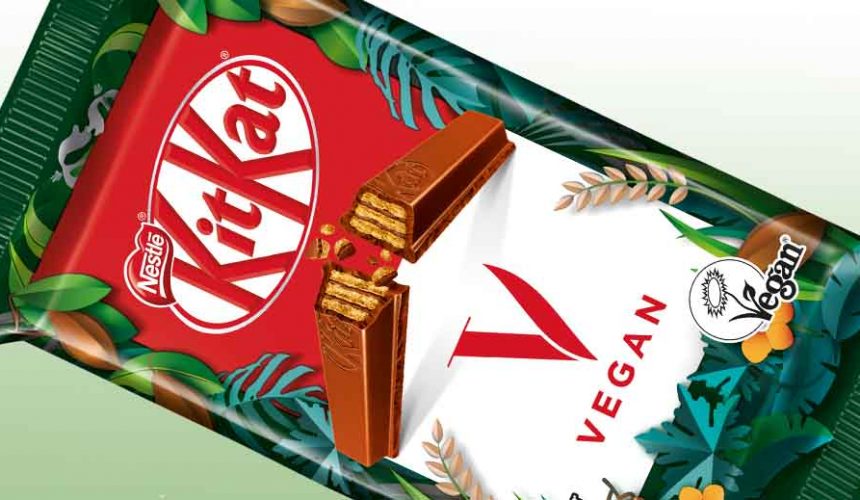John Harrington wrote a piece in PR Week recently which picked up on the limitations of storytelling tropes. A case in point: floating an object down the Thames. Or to take a more prosaic tactic, perhaps more familiar to B2B communicators, a piece of market research or a white paper explaining how to tackle a set customer problem.
John concludes:
“…if PR wants to truly grow its reputation as a creative force, it should focus on original thinking, using all the skills of earned-media specialists to produce something engaging that adland can’t match. Tropes can only get you so far.”
This triggered a line of thinking we’ve been discussing a bit here.
What was it that was tired? The tactic or the underpinning story? What is the challenge for us earned media storytellers?
Tactical ‘creativity’
It’s not quite true that everything has been done. Technology is delivering the opportunity to create experiences that simply didn’t exist a few years ago. Look at the hologram that was not a hologram for Estudiantes de la Planta.
But it’s certainly true that many of the organisations that have the money to invest in comms at any scale will, as Marketoonist recently lampooned, be more comfortable with tactics that have been proven to work, at least once before. Limiting their risk and giving them a degree of reassurance that the tactic will work.
And so tactical creativity in comms tends to be at least somewhat limited. It’d be difficult to say that someone was copying someone else for simply also deploying market research, floating an object down the Thames, using augmented reality to create a visual experience etc.
There’s certainly a challenge for PRs to find the technology and creative partners we need to build, create, research or otherwise deliver a new breed of compelling tactics – to expand our tactical arsenal. But this is not, I think, where the core creative challenge lies. This is not why one idea resembles another.
Narrative creativity
This is the real challenge. The core of the story in some of the campaigns John is (rightly) criticising for being too close to each other is essentially the same. The Jacques Froids story by Joe is essentially the same tactic AND the same story as the Gregory and Gregory campaign for Greggs, which in turn was the same as a story Lidl’s 2014 Lidl Surprises campaign. i.e. take cheap food/drink, make it look posh, trick foodies into thinking it’s amazing. Hilarity ensues.
In contrast, when Extinction Rebellion floated a half-submerged house down the Thames, it gave something else – what John calls a ‘creative twist’ – but what I call a completely different narrative structure to the tactic. The use of the tactic suddenly takes on new meaning – the Thames isn’t simply a visual site for a passing, branded object – it’s an inherent part of the story of climate change and rising sea levels. I thought it was clever and thought provoking.
To take another example: the BBC last week released a story about the morality of the population. The tactic is incredibly simple: a consumer survey conducted by ComRes. But the narrative vehicle has given the campaign huge salience and talkability. In a wider social environment in which the truth itself seems to not matter, gauging how people feel about other aspects of morality – in the way they have – makes for incredibly compelling storytelling. And it ties beautifully into the Beeb’s campaign: the “Year of Beliefs.” Even the (very tired) trope of a self-assessment online quiz – how moral are you vs. the rest of the population – had people talking around the office. I kind of wish we’d come up with that idea, as can see it hooking into all kinds of stories about workplace productivity, ethics, business leadership, and more.
Similarly, and to step into the world of above the line, have a look at the new Clio advert, 30 years in the making. Whilst I agree with Mr Ritson that Renault could have done more to emphasize its brand in the ad itself, I liked the ad, in spite of fact that the trope of ‘a car for life’ is not a new one. But the way in which the story is told, to convey the feelings of love and loss and love regained, the romanticism of youth, the challenges of acceptance, the feeling of family – in a new and compelling way. Well, I loved it anyway.
Get the story right
Whilst the importance of a strategic basis for your earned media narratives comes first, the point of this blog is that whilst there will always be tactical tropes for us to trip over, they’re not the fundamental originality problem for earned media storytellers. The real challenge here lies with the stories themselves: if we can’t find new and interesting ways to reshape our stories in a way that not only drives some brand connection and some salience for media, but does it in a way that isn’t just a straight rip-off of others, then we need to find a new line of work.
It’s not nostalgic to copy a story structure from a campaign executed in the last two to three years, it’s not even a homage. It’s just lazy.
Ultimately, to get bigger impact, you have to tell a better story. The tactics matter less than the story itself.
Would love to read your thoughts. Creativity is a central challenge for relevance and cut through in today’s media environment and our obsession with system 2 thinking today can mean we end up being a bit functional here, especially in B2B comms.
Here’s to stories that make us feel as well as think.
SOURCE: LinkedIn Newletter







Comment
No comments found.